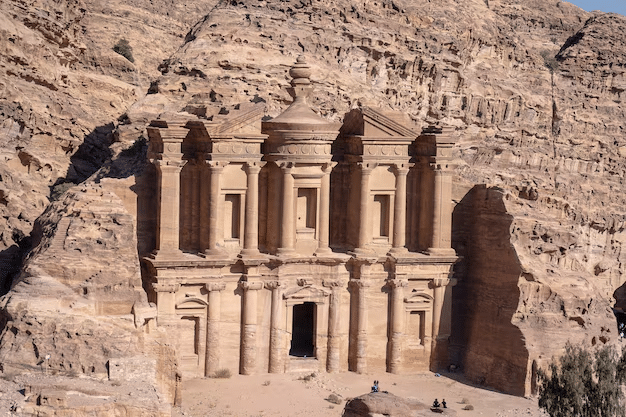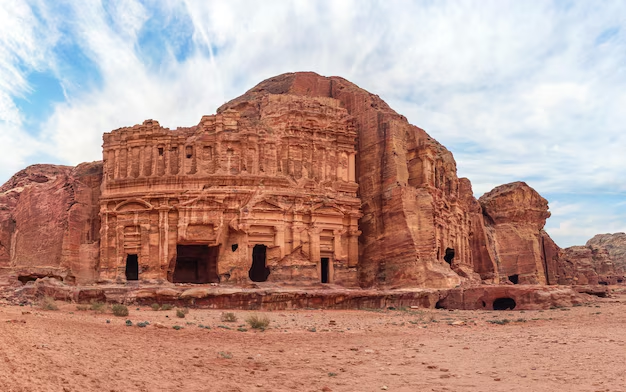Ancient historical sites are windows into humanity’s past, offering fascinating insights into cultures, architecture, and ways of life that existed long before our time. These sites preserve stories of ancient civilizations, their innovations, and their enduring mysteries. In this article, we’ll uncover the secrets of some of the world’s most iconic ancient sites and explore what makes them so compelling.
1. Machu Picchu, Peru
Perched high in the Andes, this Incan citadel remains a marvel of engineering and mystery. The precise purpose of Machu Picchu is still debated, with theories ranging from a royal estate to a religious site. Its construction, blending seamlessly with the surrounding mountains, continues to intrigue archaeologists.
2. Stonehenge, England
This prehistoric monument is one of the world’s most famous mysteries. The arrangement of massive stones raises questions about its construction methods and purpose, with theories suggesting it served as an astronomical calendar or ceremonial site.
3. The Great Pyramids of Giza, Egypt
The pyramids are among the most iconic symbols of ancient Egypt. These massive structures were built as tombs for pharaohs, yet their precise construction methods and alignment with celestial bodies remain subjects of awe and study.
4. Angkor Wat, Cambodia
This sprawling temple complex is a masterpiece of Khmer architecture. Originally a Hindu temple, it later transformed into a Buddhist site. The intricate carvings tell stories of mythology and history, revealing the sophistication of the Khmer Empire.
5. Petra, Jordan

Known as the “Rose City” for its pink sandstone cliffs, Petra was a thriving trade hub for the Nabataeans. Its stunning rock-cut architecture, including the iconic Treasury, hints at advanced craftsmanship and cultural exchange.
6. The Colosseum, Italy
An enduring symbol of Roman engineering, the Colosseum hosted gladiatorial games and public spectacles. Its design influenced modern stadiums, showcasing the Romans’ architectural innovation and cultural values.
7. Chichén Itzá, Mexico
This Mayan city features remarkable structures like El Castillo, a pyramid aligned with astronomical phenomena. The site’s ball courts and carvings reveal the Mayans’ advanced knowledge of science and culture.
8. Easter Island Moai, Chile
The mysterious stone heads, or moai, of Easter Island were crafted by the Rapa Nui people. How these massive statues were transported and their significance to the island’s culture remain subjects of fascination.
9. The Acropolis, Greece
Home to the iconic Parthenon, the Acropolis represents the height of ancient Greek architecture and culture. It served as a religious and political center, symbolizing the power and sophistication of Athens.
10. The Terracotta Army, China
Discovered in the tomb of China’s first emperor, Qin Shi Huang, this army of life-sized terracotta warriors offers insights into ancient Chinese artistry and the emperor’s quest for immortality.
Why Ancient Sites Matter
Ancient historical sites are more than just tourist destinations—they are cultural treasures that connect us to our collective past. They teach us about early innovations, social structures, and the resilience of ancient civilizations.
FAQs
1. Why are ancient historical sites important?
They preserve cultural heritage, provide insights into human history, and inspire curiosity about past civilizations.
2. Can I visit these sites?
Yes, most ancient sites are accessible to the public, though some have restricted areas for preservation purposes.
3. How can I support preservation efforts?
Support organizations dedicated to site preservation, follow local guidelines when visiting, and avoid actions that may damage these sites.
4. What technologies are used to uncover ancient secrets?
Modern tools like 3D scanning, satellite imaging, and DNA analysis help researchers understand ancient sites without causing harm.
5. Are there undiscovered ancient sites?
Yes, archaeologists continue to uncover new sites, as much of history remains buried and unexplored.


